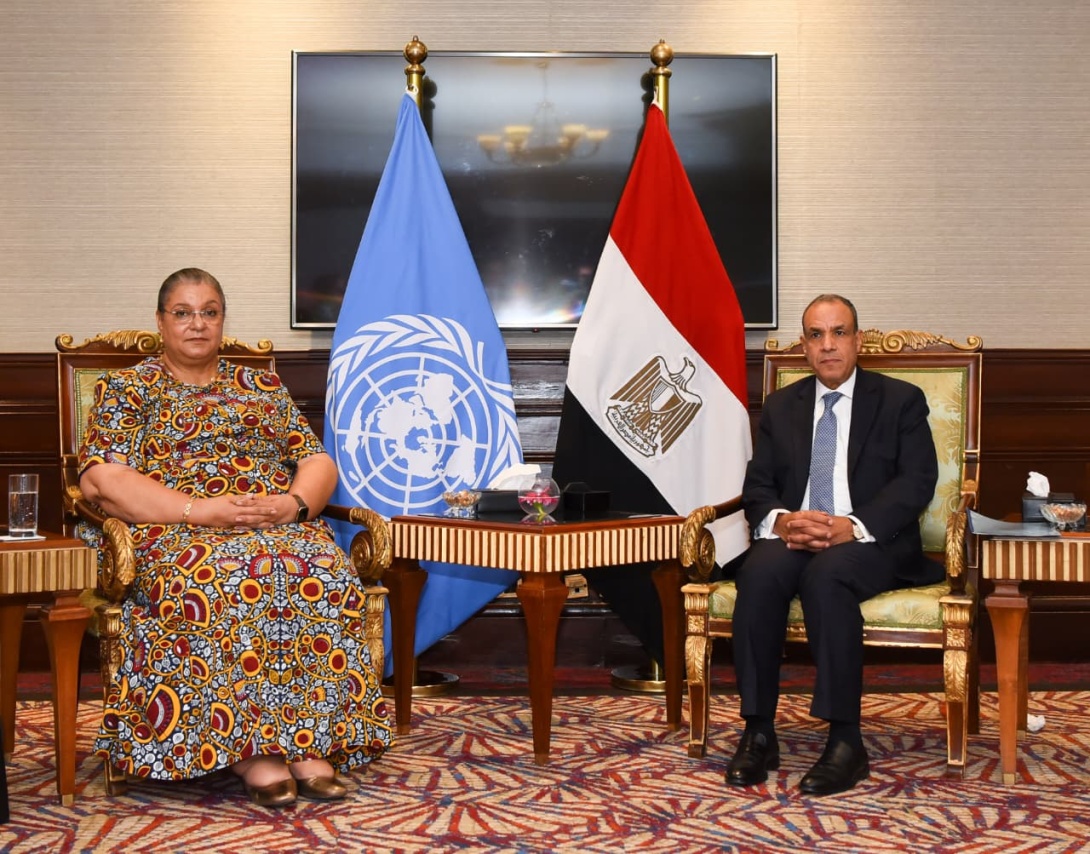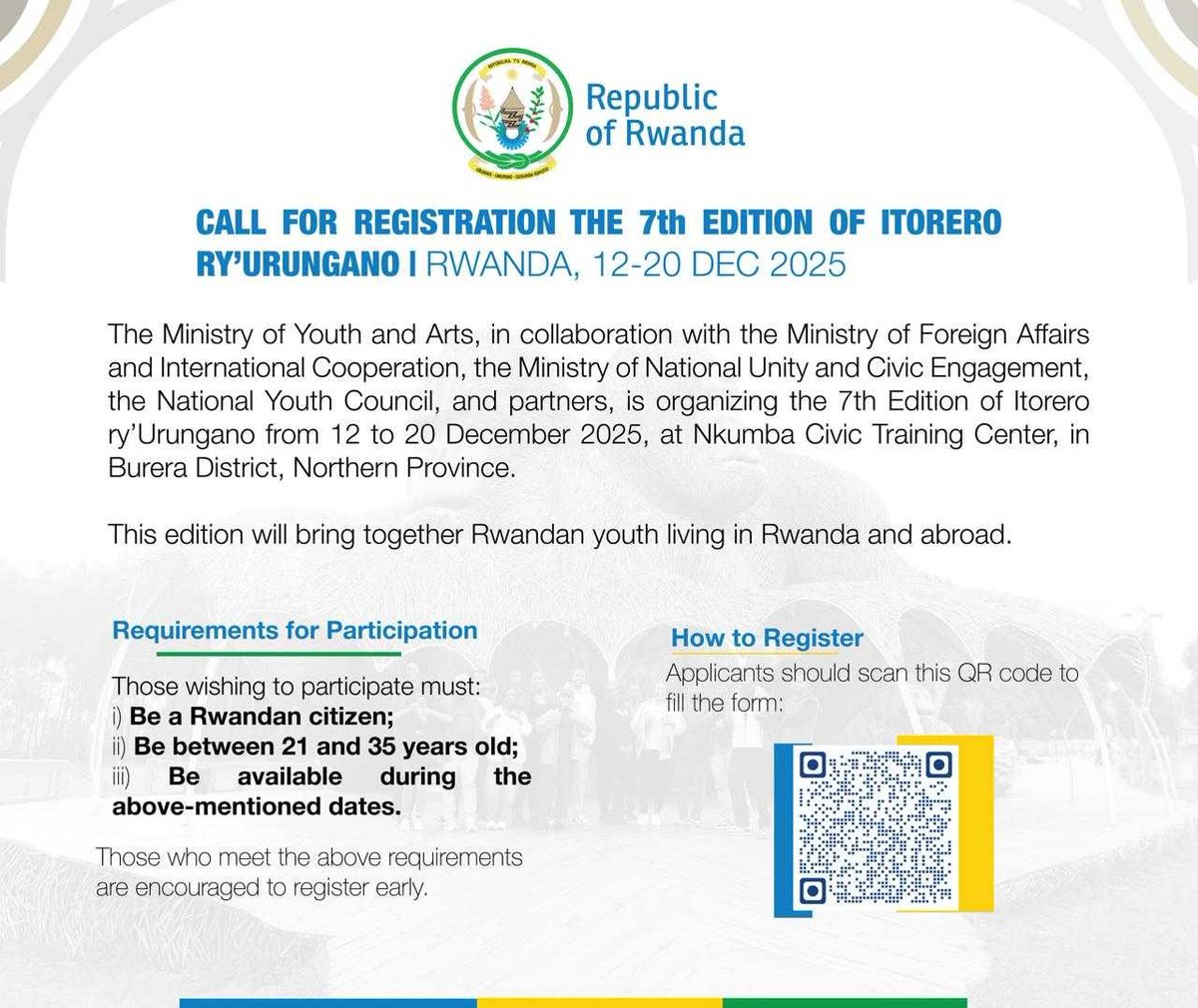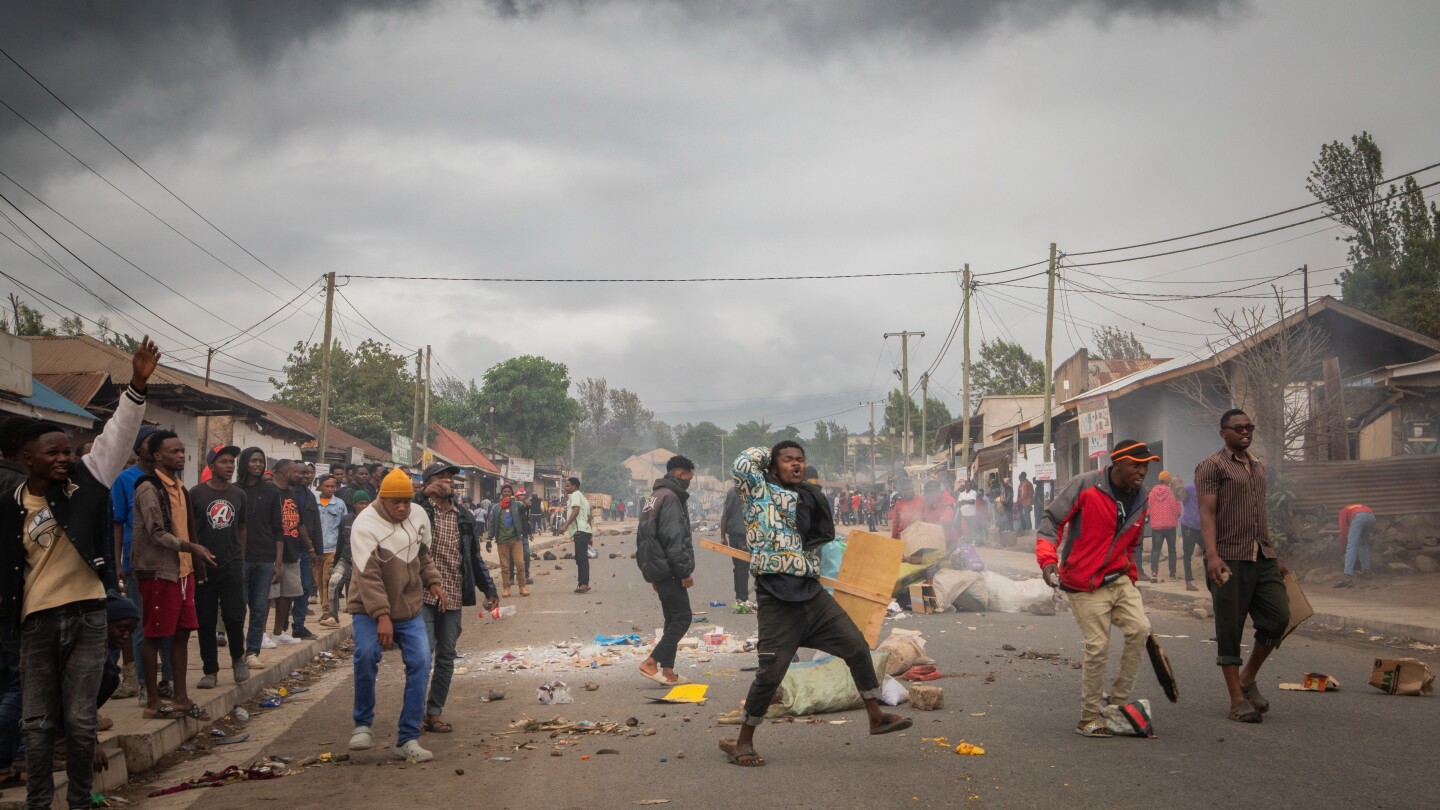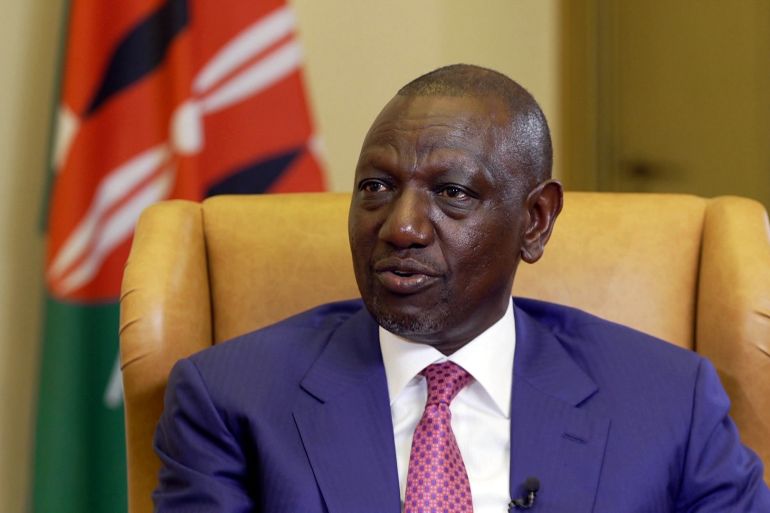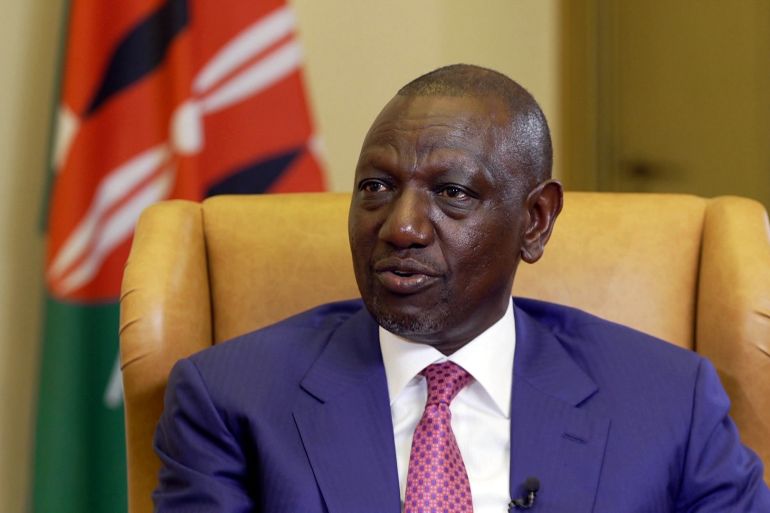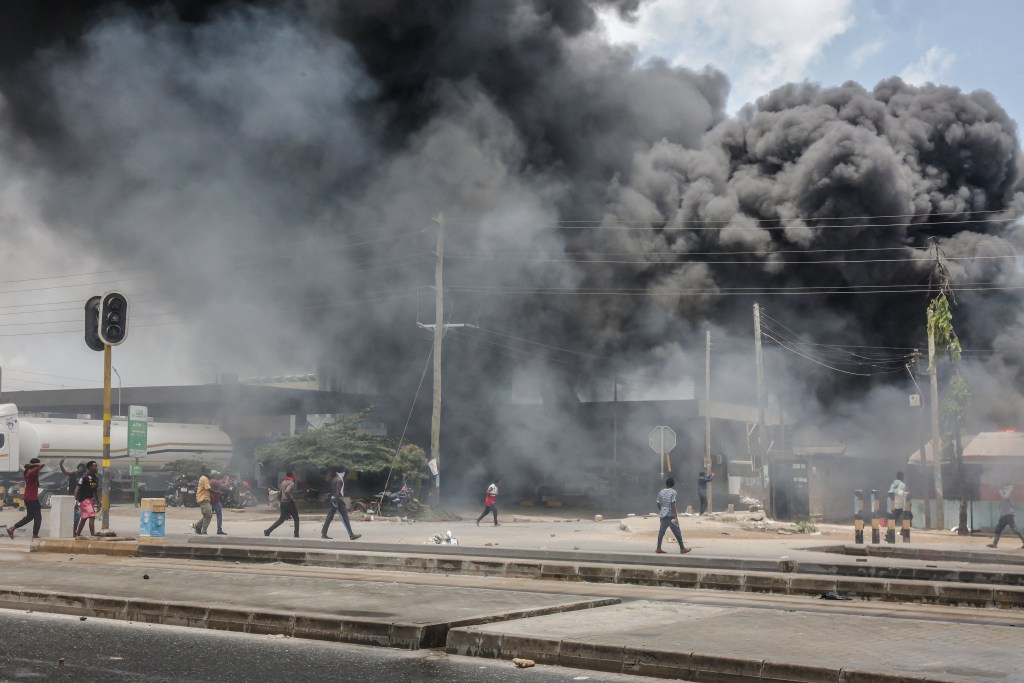
Kenya’s Shifting Sands: Energy, Climate, and Culture Define its Economic Future
Kenya isn’t just standing at a crossroads, it’s speeding through one, navigating a dynamic landscape of economic ambition and environmental realities. We’re seeing major moves in energy production, sustainable transport, and emerging industries that truly highlight East Africa’s complex journey. Take, for instance, the ambitious revival of oil production in the South Lokichar basin. Nairobi-based Gulf Energy Ltd. aims for first oil by late 2026, tapping into domestic hydrocarbon resources to diversify Kenya’s energy mix and give the economy a real shot in the arm. The government’s stamp of approval shows a clear public-private push for energy independence, promising to transform the region’s energy landscape. But it’s not all about fossil fuels, is it? Kenya’s also accelerating towards cleaner solutions. Just look at BasiGo’s recent launch of three new electric bus charging hubs in Nairobi. These hubs, in Komarock, Taj Mall, and Riruta, can power up to 100 buses daily, solidifying BasiGo’s role in greening urban transport. They’re already supporting East and Sub-Saharan Africa’s largest fleet of electric public service vehicles, not only cutting fossil fuel reliance but also tackling Nairobi’s air quality and traffic woes. This kind of reliable charging infrastructure is absolutely vital for a lasting green transport revolution, giving passengers efficient, eco-friendly travel options.
However, Kenya’s economic journey doesn’t happen in isolation. Regional politics always play a part. We’ve seen how Tanzania’s recent political unrest has caused significant slowdowns in cross-border trade, really hitting Kenyan businesses that rely on those routes. It’s a stark reminder of how interconnected East African economies are, and how vulnerable trade can be to political stability. Such disruptions certainly underscore the urgent need for strong regional cooperation and resilient trade frameworks to protect market participants. Beyond immediate politics, the very ground beneath East Africa tells an ancient story. New research into Lake Turkana’s geological past reveals profound climatic changes that shaped not just the region’s ecology, but its seismic activity too. Imagine this: the lake, once much larger, saw its water levels plummet by up to 150 meters between 4000 and 6000 years ago during a drier period. This massive reduction in water pressure on the Earth’s crust triggered more earthquakes and volcanic eruptions, potentially even influencing the ancient human populations living in this cradle of humanity. While modern climate patterns are now slowly reversing the lake’s shrinkage, it’ll take millennia for these geological stresses to truly ease. These findings don’t just add a dynamic geophysical dimension to our understanding of human origins, they also highlight the crucial link between climate, geology, and history, providing context for current environmental monitoring and disaster preparedness strategies.
Beyond the foundational shifts, Kenya and broader West Africa are seeing their cultural and creative sectors blossom as powerful engines of socio-economic change. The fashion industry, often overlooked, is now proving itself a significant manufacturing hub. By fostering local production and promoting ethical, sustainable supply chains, these enterprises are not just creating jobs; they’re preserving invaluable artisanal skills and putting African design firmly on the global stage. Think about Vivienne Westwood’s collaborations in Kenya, the push for textile circular economies, and Lagos Fashion Week’s recognition by The Earthshot Prize. These examples underscore a continent-wide momentum towards embedding sustainability and community empowerment within fashion. West Africa, notably, is emerging as a potent sourcing and manufacturing base, challenging traditional global supply chains and attracting investment. These developments clearly contribute to a compelling narrative of Africa’s creative economies forging new paths for inclusive growth. Ultimately, Kenya’s vibrant economic and environmental scene is a compelling blend of progress and complexity. Its drive for energy development, sustainable transport, and flourishing local industries coexists with challenges from regional political dynamics and the enduring impacts of climatic and geological forces. Strategic investment, innovative policy frameworks, and robust regional cooperation will be absolutely essential to fully harness these opportunities. As Kenya transforms its infrastructure, deepens global connections, and celebrates its rich cultural heritage, its trajectory toward resilience and prosperity certainly looks promising. Observers and stakeholders alike will be watching closely as the nation navigates this intricate web of development pathways in the coming decade.



